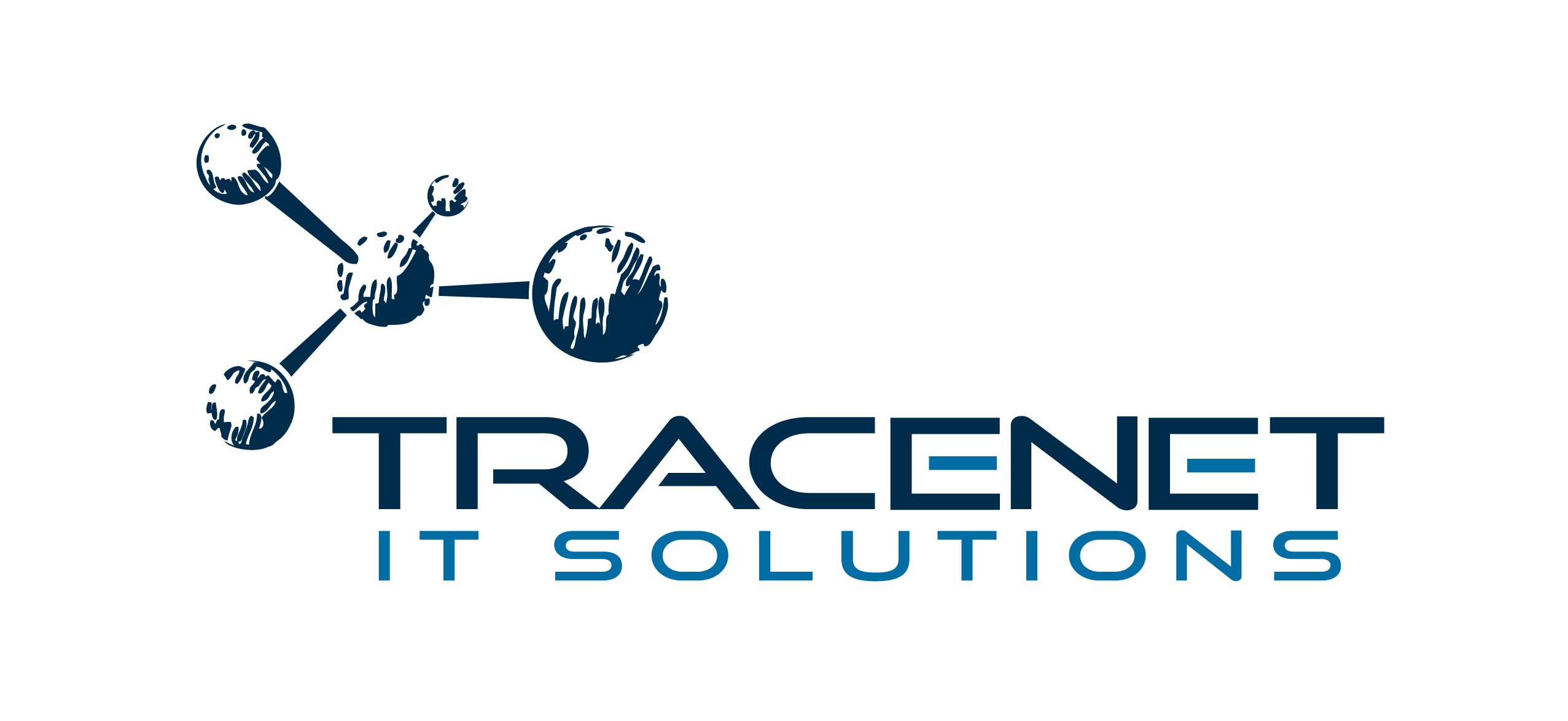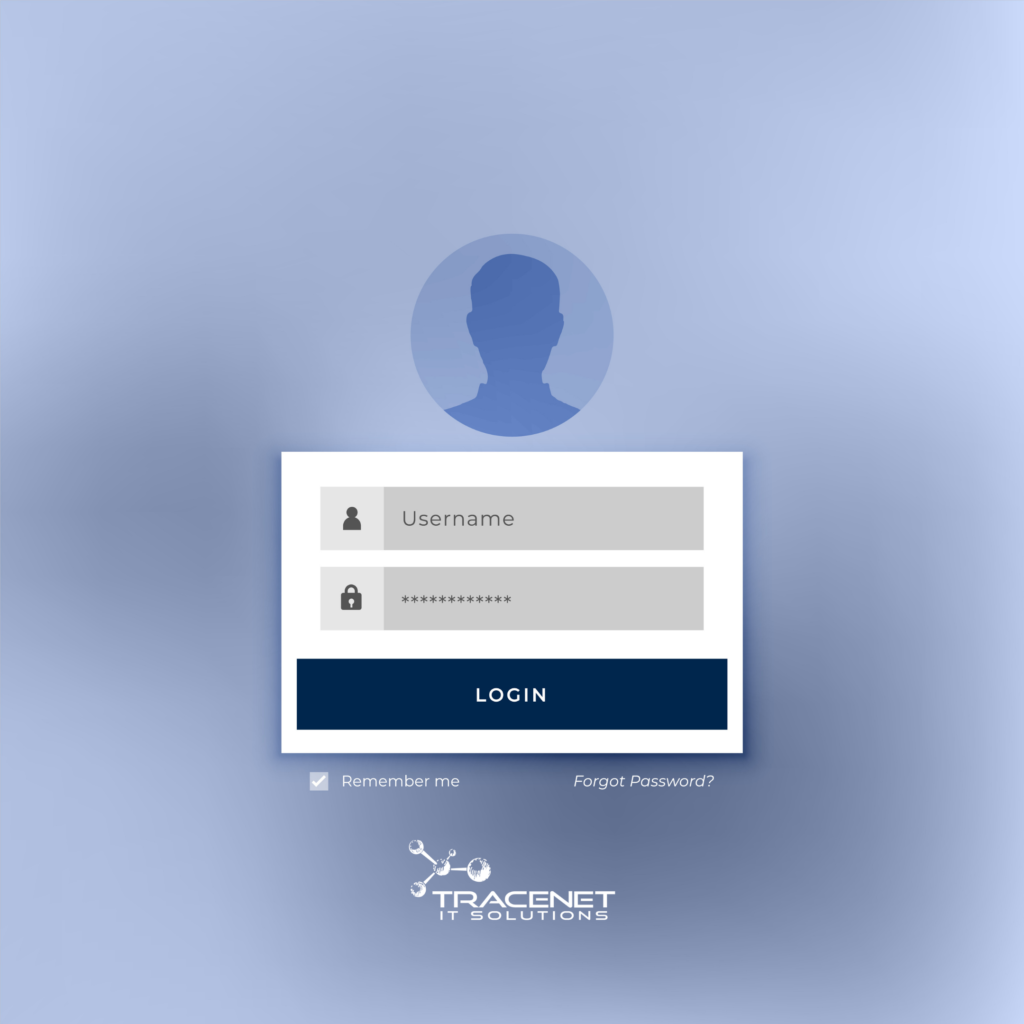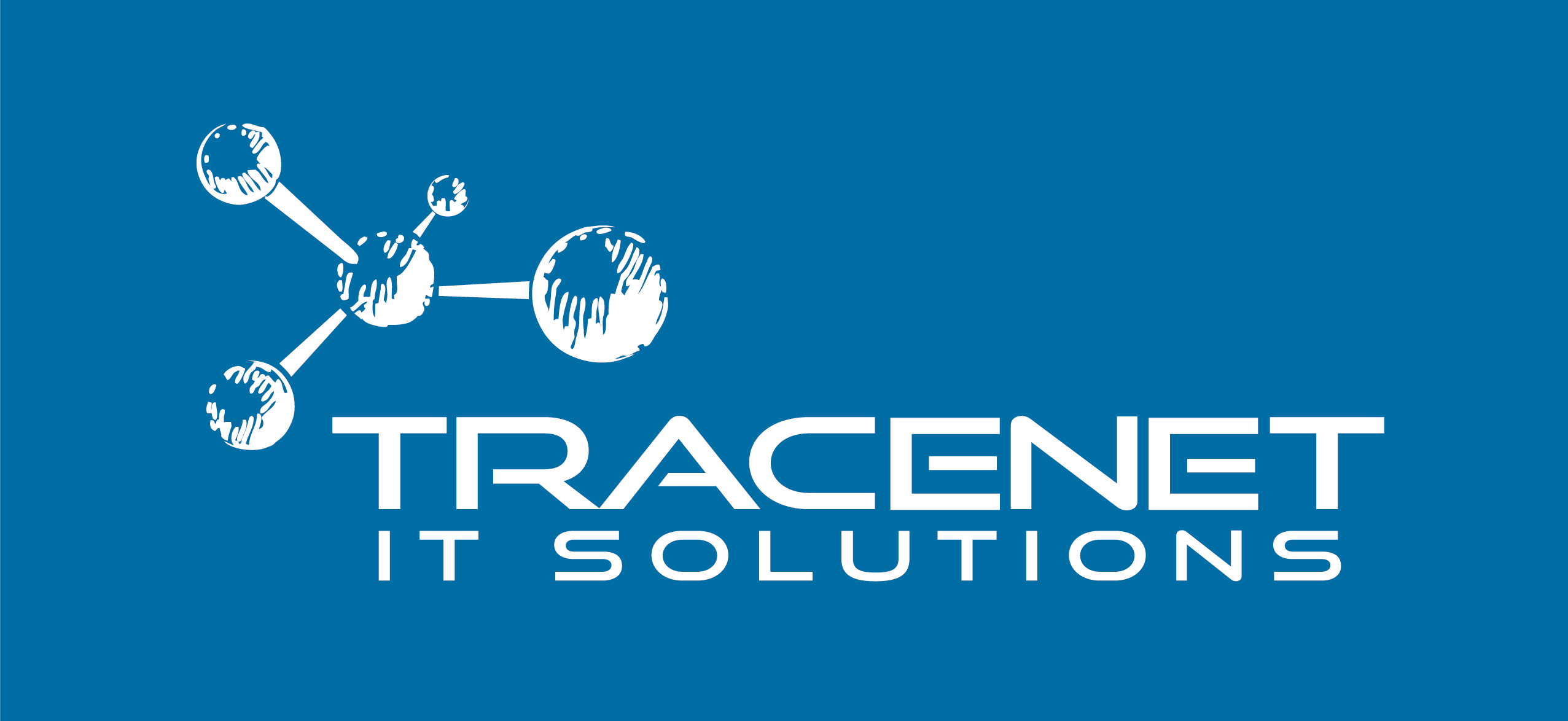With the advance of digital transformation, companies around the world are facing increasing risks, especially with the security of their data. After all, millions are processed every day, making the threat of cyber-attacks a constant concern.
To protect this valuable data, various technologies have been developed, and one of the most important is digital identity management. This tool is essential for controlling who has access to which systems and information within organizations, ensuring that only authorized people can access critical resources.
Want to understand how this technology works in practice? Read on and find out!
What is digital identity management?
Digital identity management is an essential technology that integrates various processes to ensure that only authorized individuals access an organization’s systems, data and platforms. To do this, mechanisms such as multifactor authentication, biometrics, digital certificates and security tokens are used.
This technology is based on two fundamental pillars: authentication and verification. Authentication ensures that the user really is who they claim to be, while verification defines which resources the authenticated user is allowed to access and what actions they can perform on these resources.
Another essential component of digital identity management is identity directories, which act as secure repositories where digital identities are stored and managed. These directories keep detailed information on access rights, user profiles and credentials, ensuring that everything is protected and organized.
In addition, identity federations play an important role in allowing identities to be shared and recognized between different systems and organizations, facilitating access in collaborative and multifunctional environments.
Finally, the identity lifecycle management covers the entire history of a digital identity, from its creation, through access changes and even any deletions, ensuring that identity management is continuous and updated according to the organization’s needs.
What are the main applications?
Digital identity management has several applications that help organizations protect their information and ensure that access to their systems is controlled securely. Let’s see some main applications of this technology:
- Information security
One of the main applications of digital identity management is in information security. It is crucial for preventing unauthorized access to sensitive data, such as financial information, trade secrets and personal customer data. Through multifactor authentication (MFA), biometrics and security tokens, companies can ensure that only duly verified users have access to critical systems.
- Regulatory Compliance
With data protection laws such as GDPR in Europe and LGPD in Brazil, companies are obliged to ensure that user data is adequately protected. Digital identity management helps companies comply with these regulations by enabling control and monitoring of who accesses what data, keeping accurate and auditable records of user activities.
- Secure access to remote systems
With the increase in remote working, access control has become even more important. Digital identity management allows organizations to ensure that their employees access corporate systems and data securely, regardless of where they are. Tools such as virtual private networks (VPNs) in conjunction with multifactor authentication help protect against external threats.
- Cloud Application Access Management
As more companies migrate to the cloud, digital identity management has become essential for managing access to multiple cloud platforms and services. This includes managing user permissions on services such as AWS, Azure, and Google Cloud, ensuring that only authorized users can access specific resources.
- Integration of Corporate Systems
Digital identity management also enables secure integration between different corporate systems, whether within the same company or between partner organizations. Identity federations, for example, allow users to use a single digital identity to access multiple systems, facilitating interorganizational collaboration without compromising security.
- User Experience
In addition to security, digital identity management also aims to improve the user experience. With Single Sign-On (SSO), users can access multiple applications with a single login, simplifying the authentication process and making it more efficient without compromising security.
Digital identity management advantages
Digital identity management brings several advantages to organizational environments. Firstly, it promotes operational efficiency by automating and centralizing identity and access management.
This means that IT teams spend less time on manual administrative tasks, such as resetting passwords and creating accounts, allowing them to focus on strategic activities that add more value to the organization.
Another benefit is the reduction in costs associated with security incidents. With robust identity management, the likelihood of data breaches and unauthorized access decreases, reducing the costs related to recovering from incidents, regulatory fines and damage to the company’s reputation.
In addition, digital identity management provides scalability. As an organization grows, whether in number of employees, services offered or new markets, identity management can easily be expanded to accommodate new needs without compromising security or efficiency.
Finally, there is the improvement in internal governance and compliance. Digital identity management allows organizations to implement role-based access policies and granular controls, which helps ensure that governance practices are in line with industry best practices and internal requirements. This not only facilitates audits, but also promotes a culture of compliance and accountability within the organization.
Challenges in implementing digital identity management
Implementing digital identity management is a complex process which, while bringing numerous benefits, presents a number of challenges that organizations need to address. These challenges range from technical issues to cultural and organizational aspects, and understanding each of them is essential to ensuring a successful implementation.
Integration:
One of the biggest challenges is integrating digital identity management with legacy systems, i.e., older systems that the company already uses and which may not have been designed to work with modern digital identity technologies.
These systems may have protocols and architectures that are incompatible with contemporary digital identity solutions, making integration a complicated and expensive process.
Often, this requires the creation of customized interfaces or even complete migration to new systems, which can be costly and time-consuming.
Balance:
Another key challenge is finding a balance between security and usability. While high-level security measures are essential to protect digital identity, they should not be so complex as to make it difficult for legitimate users to access.
For example, a system that requires multiple steps for authentication may be secure, but if it is excessively complicated or time-consuming, it may discourage users or lead them to look for ways around the security measures, weakening overall protection.
Scalability and performance
As an organization grows, the digital identity management solution needs to be scalable enough to support an increasing number of users and devices without losing performance.
However, designing and implementing a solution that can grow without compromising authentication speed or security can be challenging. Organizations need to consider factors such as the increase in the volume of simultaneous authentications and the efficient management of large identity directories.
Multi-cloud environments
With many companies adopting a multi-cloud strategy, where they use services from several cloud providers, identity management becomes even more complex.
Ensuring that identities are managed consistently and securely across different platforms and environments requires a digital identity solution that can integrate seamlessly with various cloud services.
This also involves dealing with different security and compliance policies from each provider, which can increase the complexity of the implementation.
Cost and resources
Finally, cost is a significant challenge. Implementing a digital identity management solution can involve substantial investments in technology, training and human resources.
In addition, there is the ongoing cost of maintaining, updating and adapting the solution as new threats emerge or the organization evolves. Companies need to carefully evaluate the return on investment (ROI) and consider solutions that can scale according to needs and available resources.
Overcoming the challenges
Managing these issues requires a strategic and well-planned approach. Choosing a digital identity management solution that aligns with the organization’s specific needs, combined with an implementation plan that includes training, communication and a careful analysis of existing systems, is essential.
In addition, organizations must be prepared to adapt their approaches as new technologies and regulations emerge, ensuring that the digital identity solution remains effective and aligned with security and operational goals.
Want to find out more and keep your company’s data even more secure? Get in touch with Tracenet!



